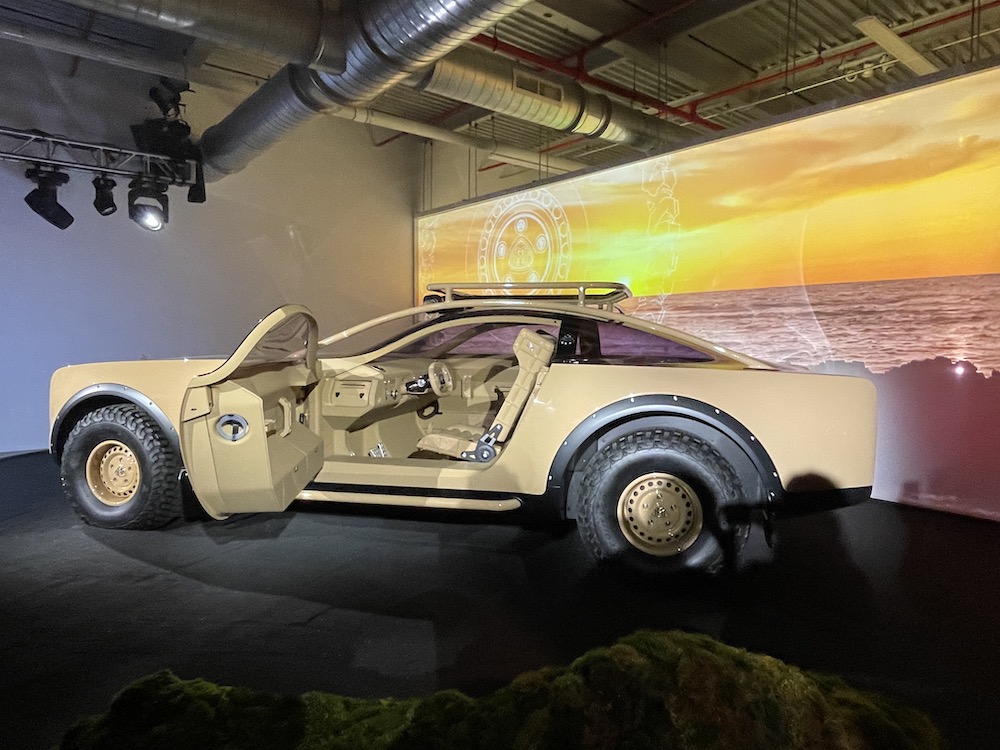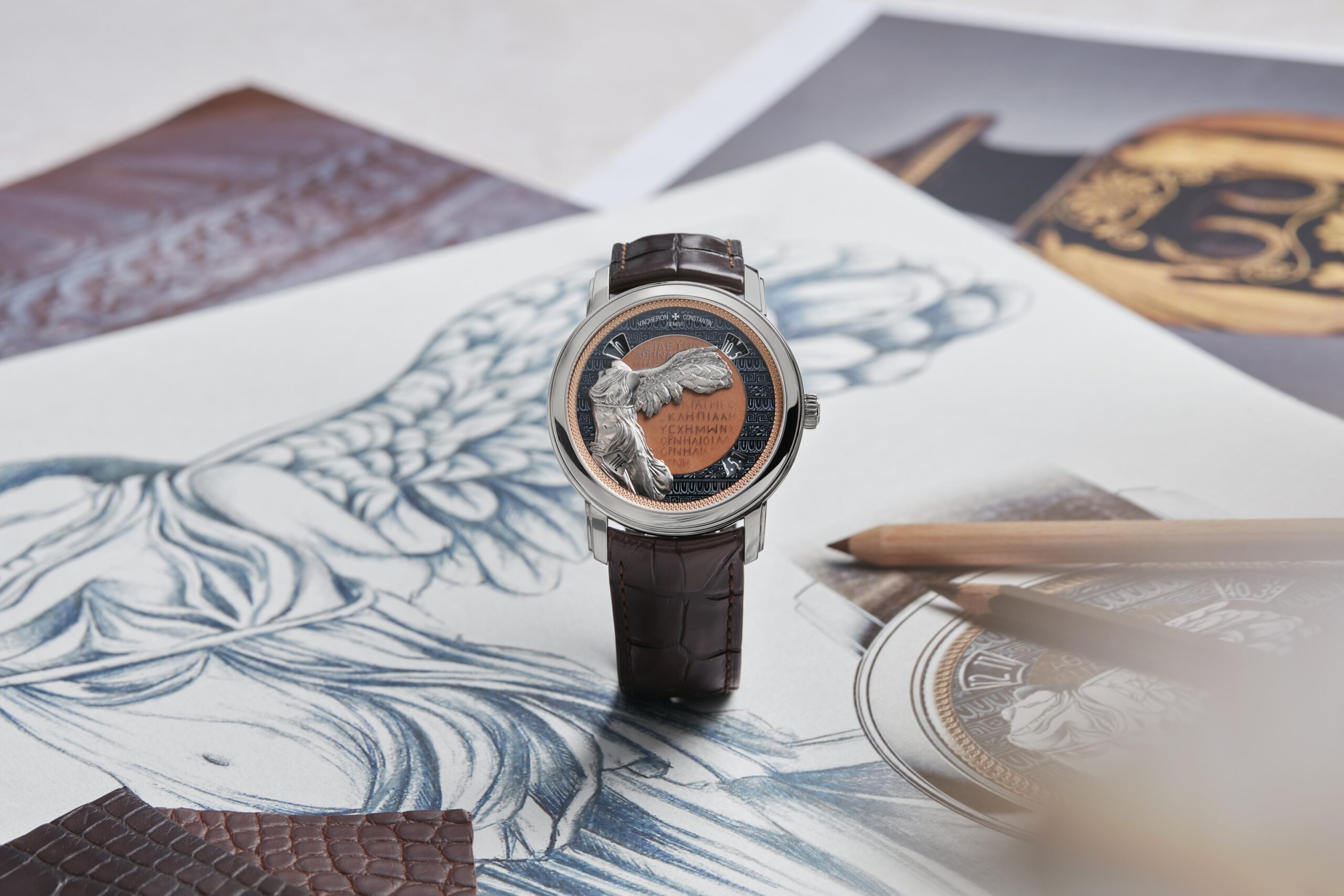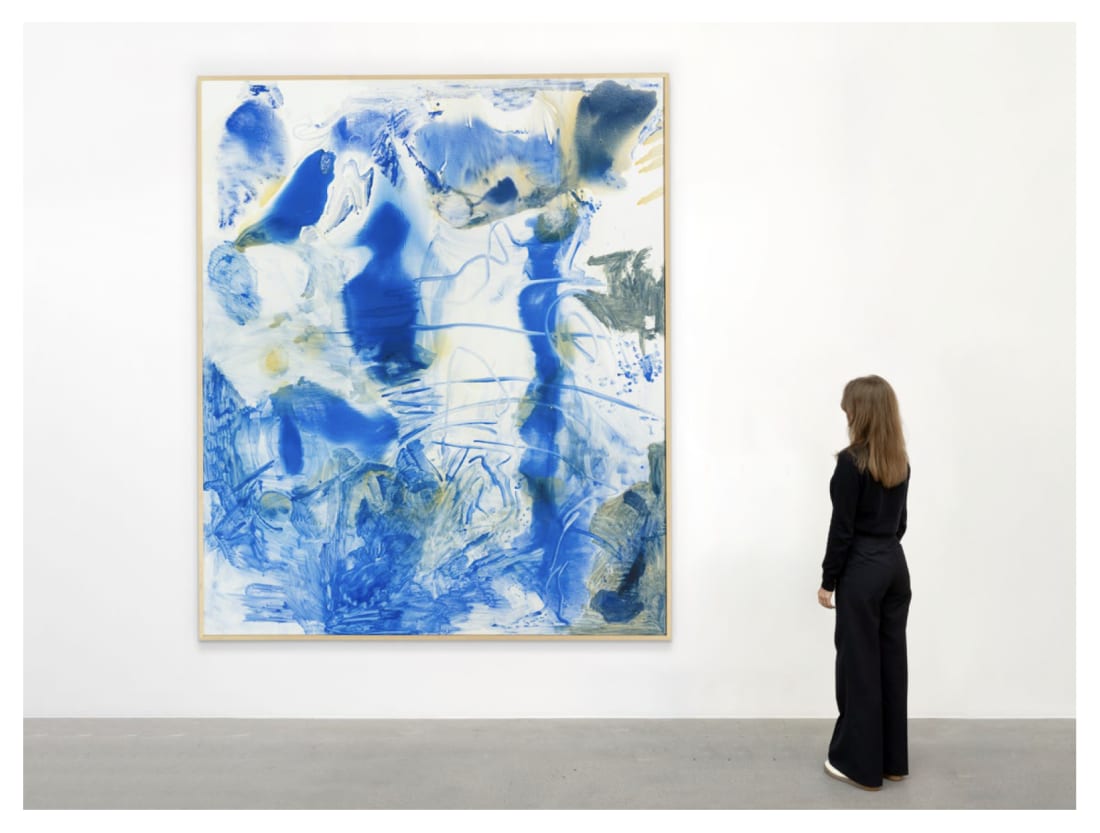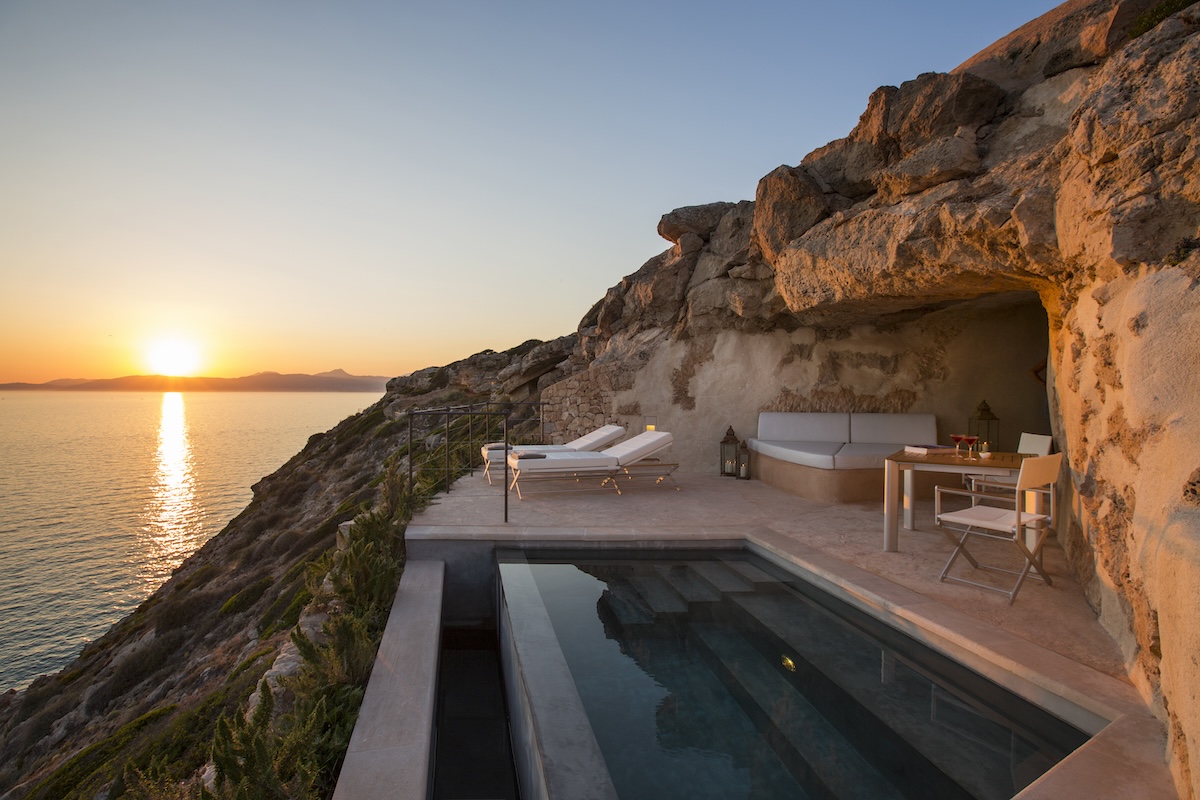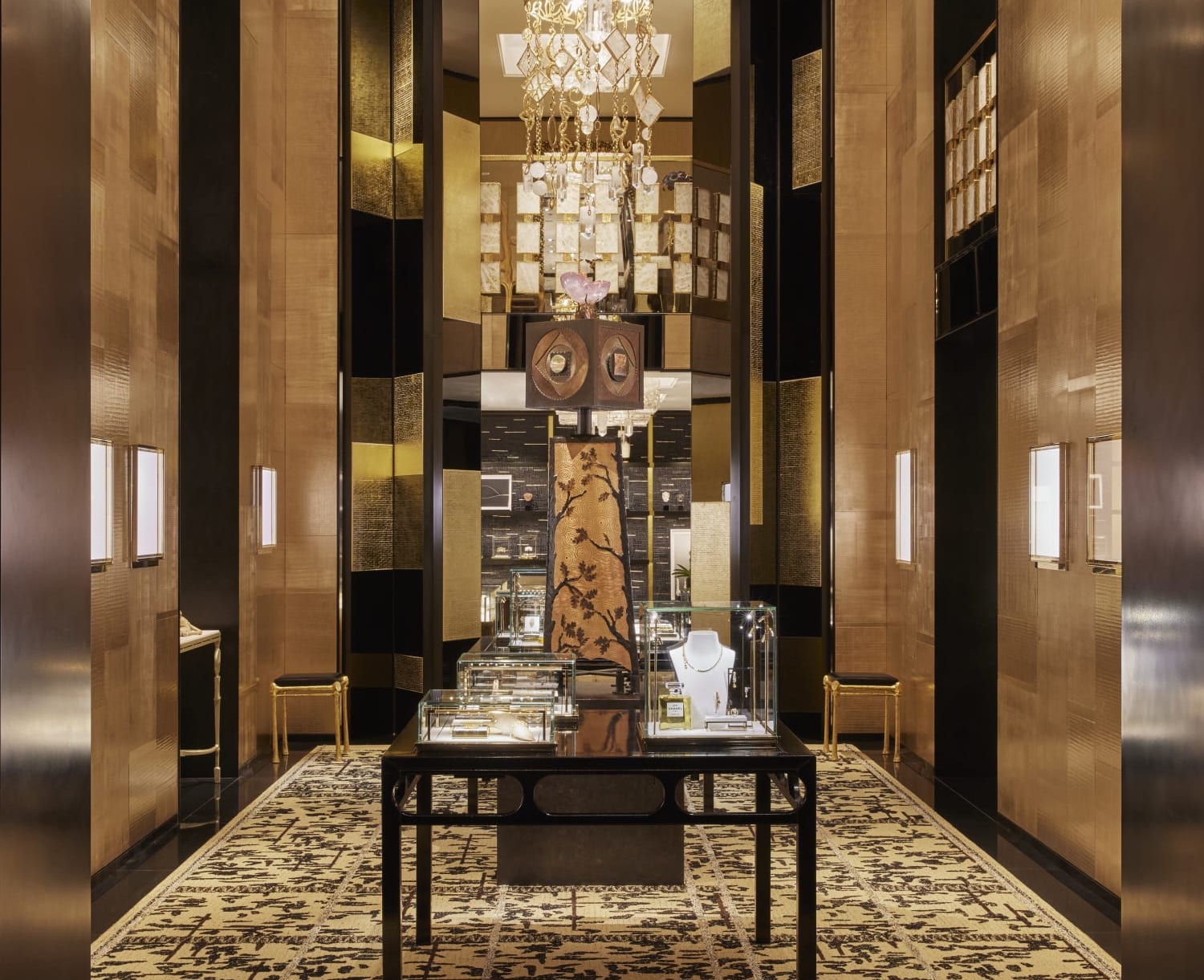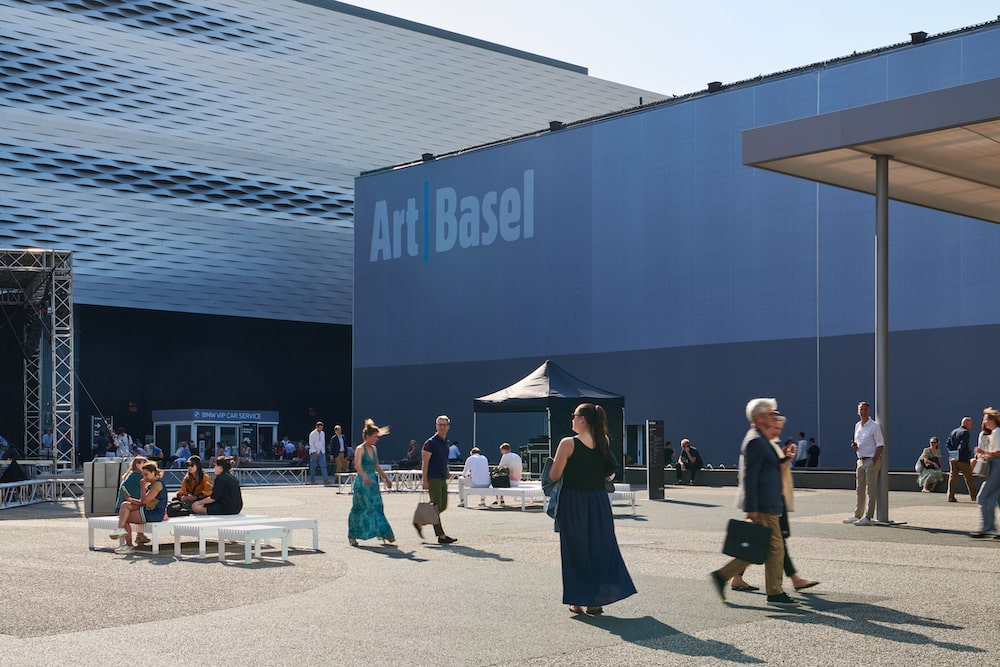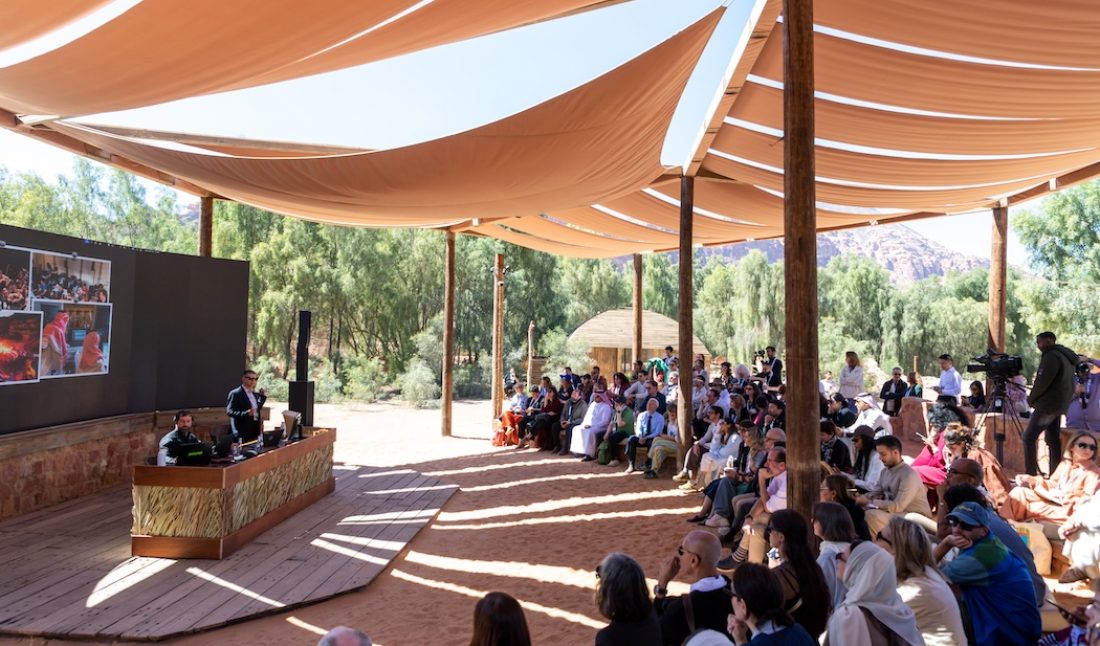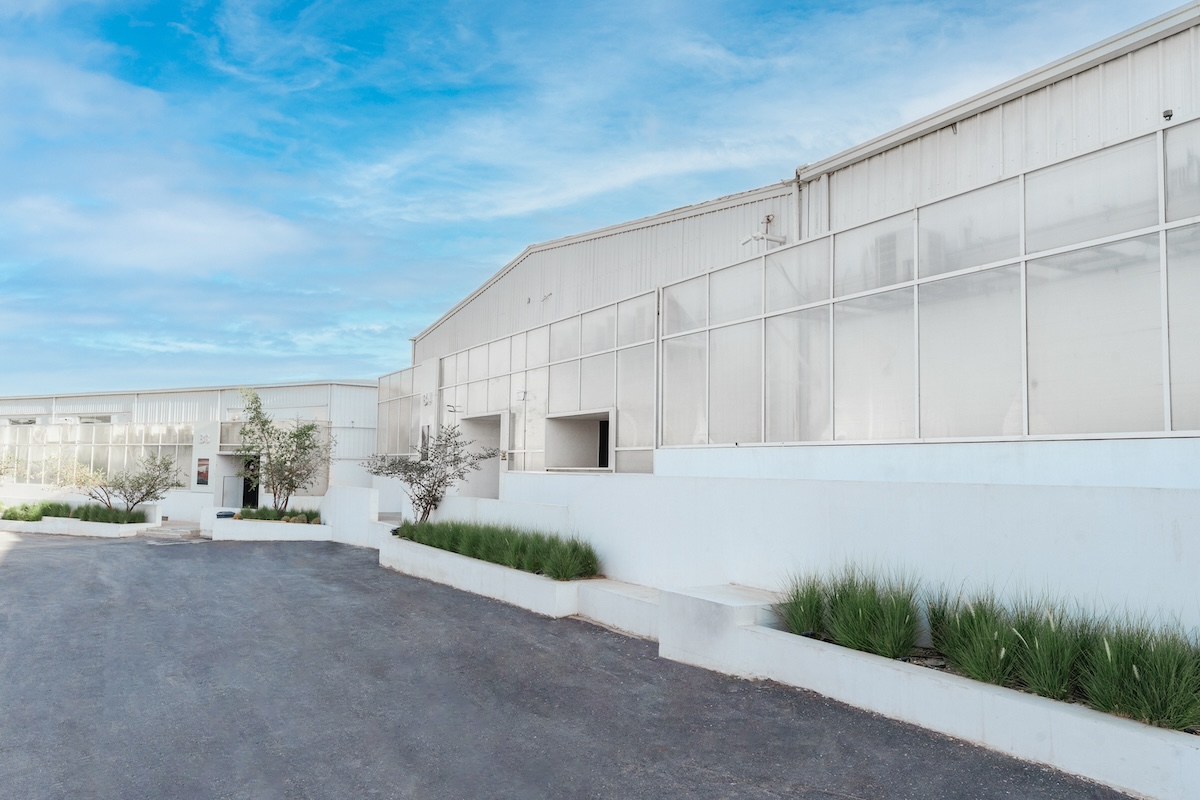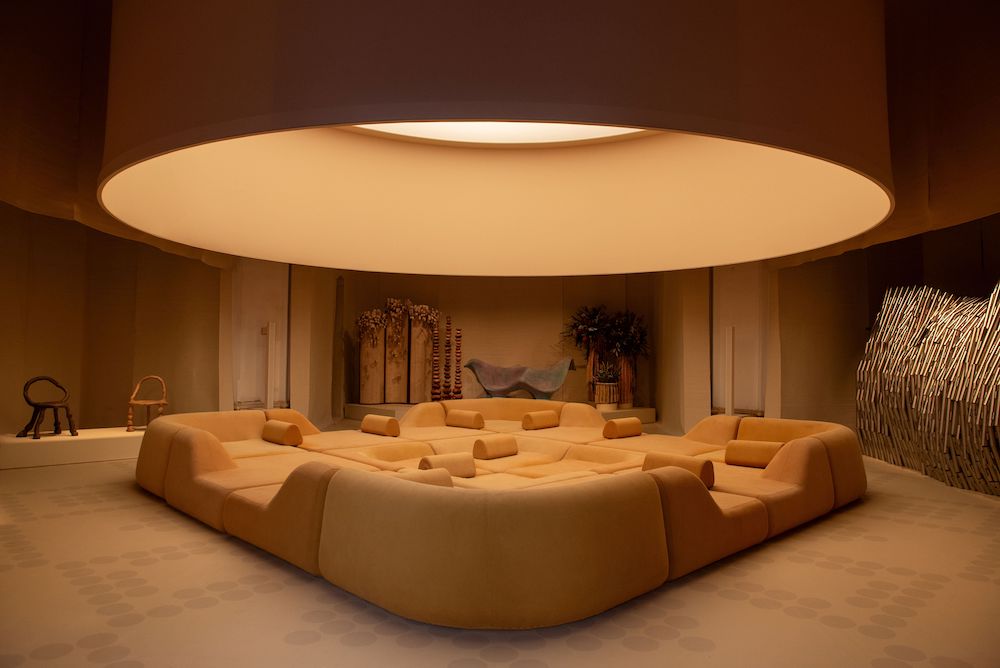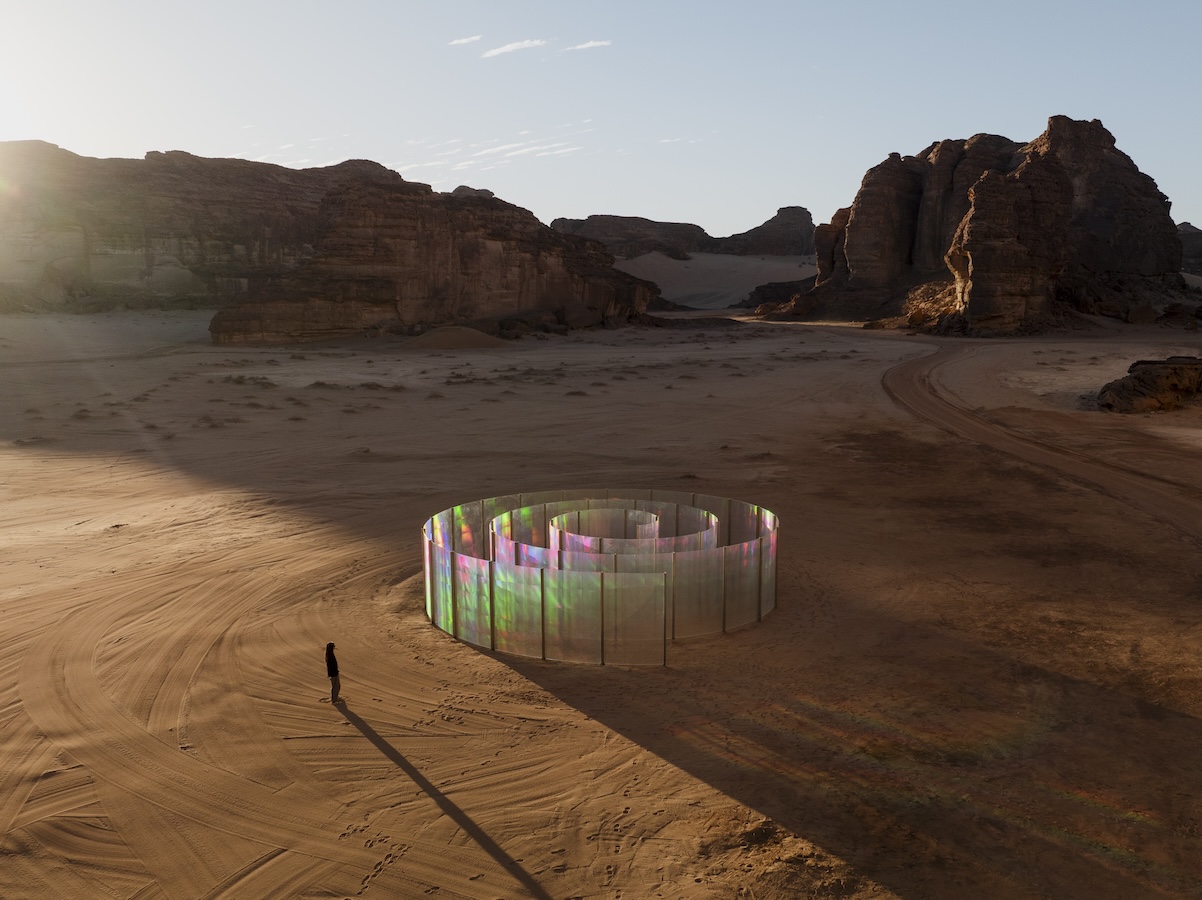Most of my conversations about living in the GCC, especially given its proximity to The Kingdom of Saudi Arabia, lead to the question: “Is this a new Saudi Arabia?”
Admittedly, the Kingdom of Saudi Arabia has had its PR battles. But if we’re being fair, the arts and culture scene deserves appraisal, too. Perhaps access to Saudi content is limited to a non-Arabic speaker. But, when I think of Saudi media, I think of Haifaa Al-Mansour and her 2012 debut film, Wadjda, or her 2019 film, The Perfect Candidate—which competed for the Golden Lion at the 76th Venice International Film Festival. I think of the Ramadan Series, Exit 7, that sparked outrage in the Kingdom. And those are a few to mention. I found myself having this conversation with multiple people during Saudi Arabia’s first-ever AlUla Future Culture Summit this February.
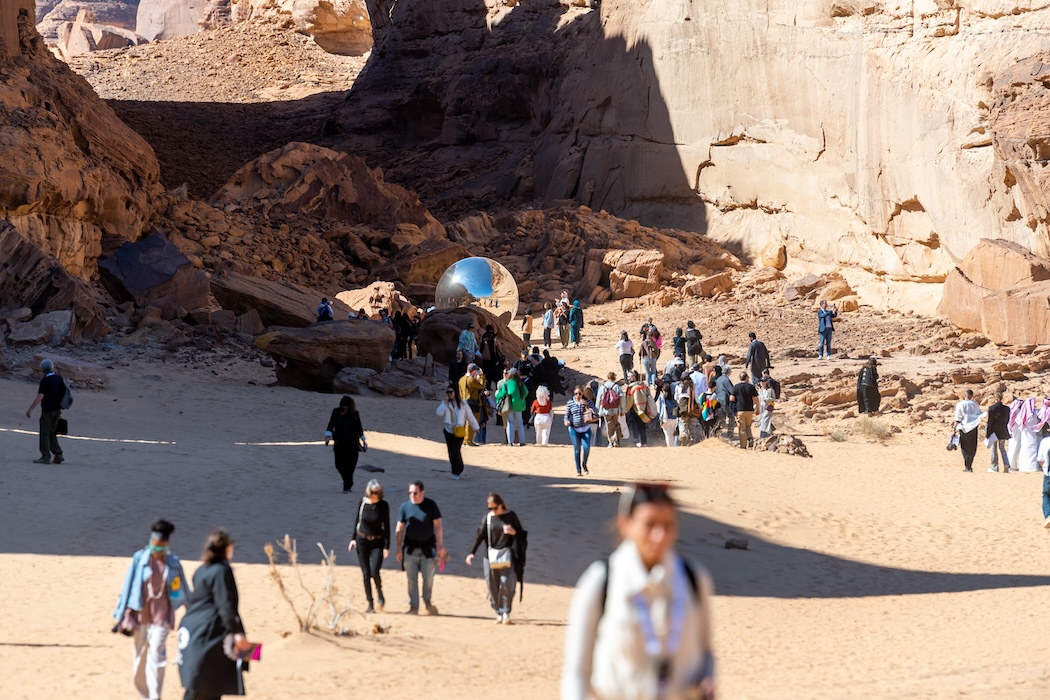 Guests tour Desert X AlUla 2024, courtesy of AlUla Future Culture Summit.
Guests tour Desert X AlUla 2024, courtesy of AlUla Future Culture Summit.
The AlUla Future Culture Summit was a Global Affair
From February 25 to 27, 2024, leaders, creatives, tech entrepreneurs, policymakers, and even individuals from the medical field worldwide were all invited to attend with the promise to “facilitate creative dialogue and cultural perspective in art, design, cultural policy, music, and performing art.” It’s safe to say that it was a global affair, with attendees from the USA, India, The Netherlands, the UK, Nigeria, Egypt, and France, among others.
In Saudi Arabia, Arabic is first, and English is second. Still, there was simultaneous access to oral and written content in both languages during the entirety of the trip, which is commendable. It’s important to note that digesting creative work in its native language is a different experience than the translated version, be it English or any other. However, I find it most valuable how Saudis take deep consideration in maintaining the Arabic language for themselves and Arabic speakers to maintain linguistic and cultural proximity while opening themselves to the global audience. I perhaps found this most endearing as an Arab growing up with plenty of English-first to most MENA or GCC-related creativity.
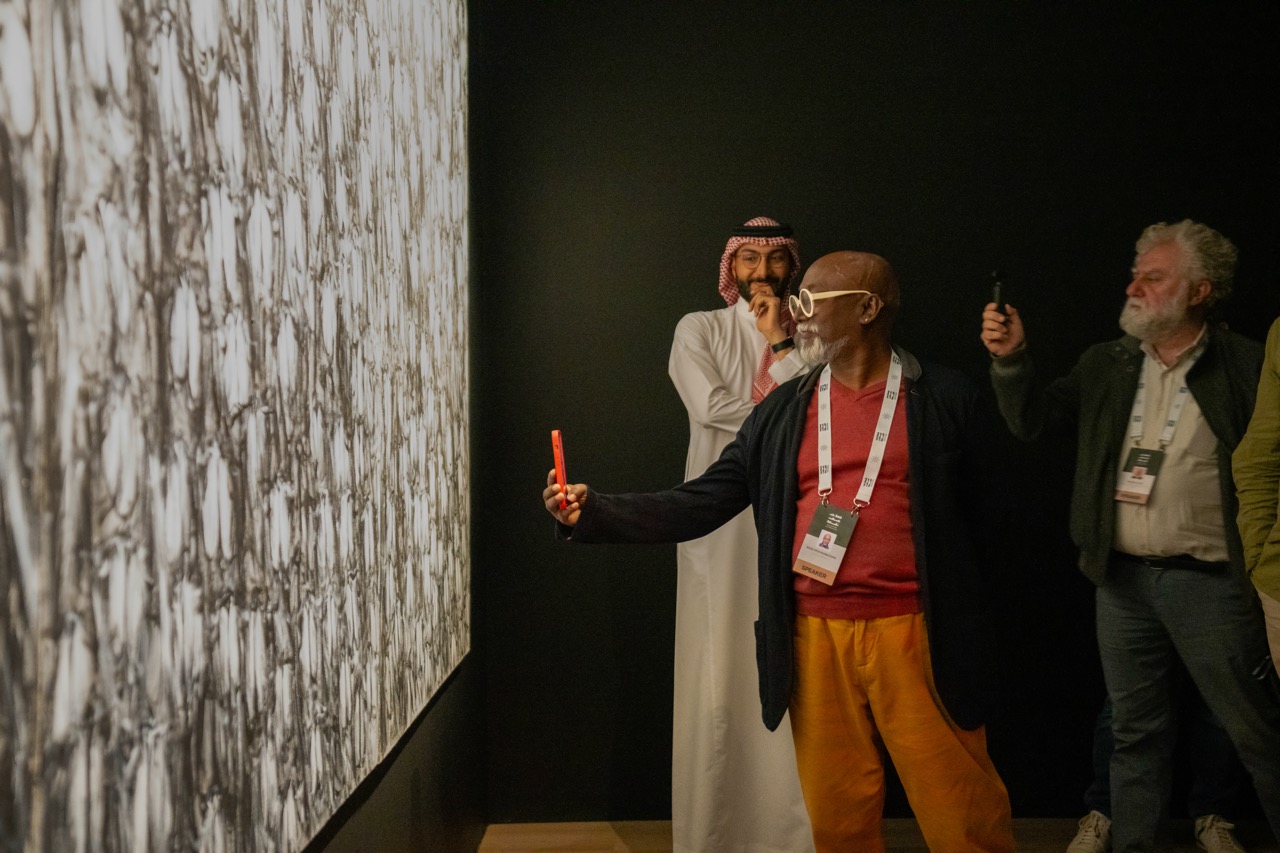 Bose Krishnamachari and Other Guests Tour “More Than Meets the Eye” Exhibition at Maraya, AlUla, courtesy of AlUla Future Culture Summit.
Bose Krishnamachari and Other Guests Tour “More Than Meets the Eye” Exhibition at Maraya, AlUla, courtesy of AlUla Future Culture Summit.
Engaging Communities Through Cultural Innovation
The diverse crowd that they were able to gather is also worth noting. At one point, I was surrounded by people in the medical field, which I found somewhat of a first at an arts and culture summit. Speaking to Noor Asaad Alsaadoun, Director at Alfaisal University’s Health Metaverse Lab, which focuses on HealthTech, I wanted to understand how someone in her field benefits from a summit as such. “For me, the summit was a reminder that my scientific training isn’t just about clinical practice; it’s also about engaging with the community and looking at health through the lens of culture and innovation,” shared Alsaadoun. “When you mix healthcare analytical skills with the creativity of cultural sectors, you get unique solutions that wouldn’t come up in a typical lab setting.”
Some of the panels/performances did get techy, such as Eduardo Miranda‘s “Quantum Computer Music,” which, in simple terms, discussed using computers and brain waves to create music. Beyond how cool it sounds to the average person, technology like this increases music accessibility for individuals with special needs or those who can no longer play instruments.
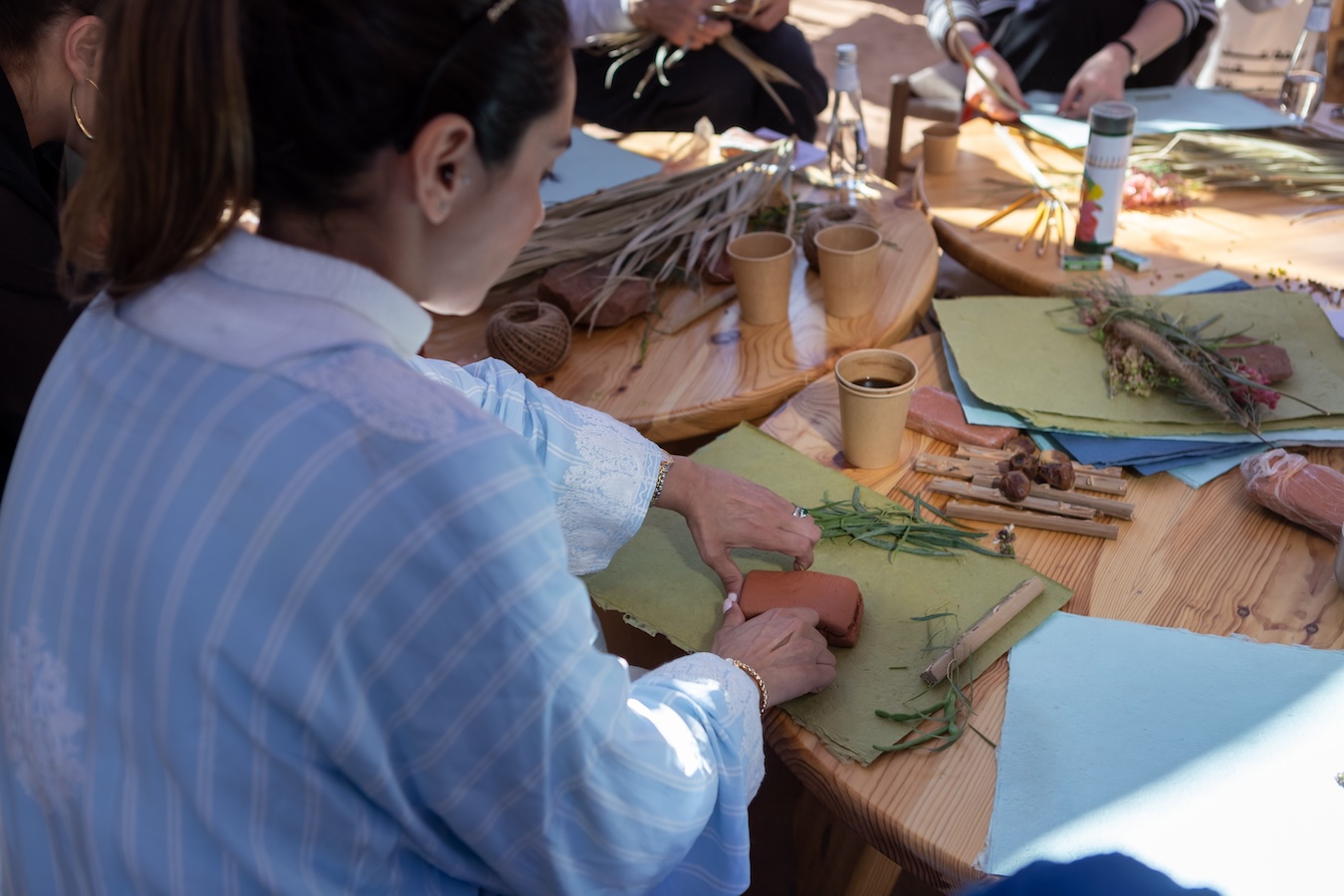 Workshop Cross-Cultural Collaboration Lab, Powered by Misk Art Institute, courtesy of AlUla Future Culture Summit.
Workshop Cross-Cultural Collaboration Lab, Powered by Misk Art Institute, courtesy of AlUla Future Culture Summit.
A Whirlwind Event with a Brimming Itinerary
The Cultural Summit’s whirlwind of panels, workshops, and genial meals punctuated the itinerary along with excursions to Desert X AlUla, a tour at Maraya’s current exhibition “More Than Meets The Eye” and Hegra, and a visit to AlUla Art Residency. It was, maybe, a little over-packed. It was challenging to attend all activities at once, and I found myself longing for a slower day. The workshops, which I didn’t make it to, seemed like the pulp of the summit as you got to engage with the speakers and visitors on a more intimate level in comparison to the back-to-back panels.
Side Note: We’ve been informed that panels are recorded and will be available to re-watch (hasn’t been out yet), which is smart given the schedule around the summit. For reference, it was sandwiched between Design Doha, The Diriyah Biennial, Art Dubai, Sharjah March Meetings, and other regional art and culture events.
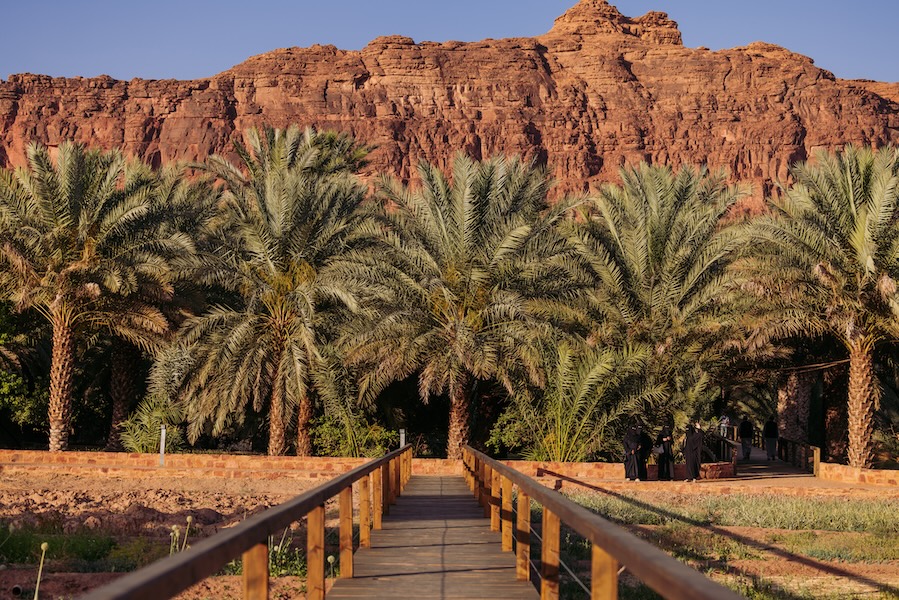 Courtesy of AlUla Future Culture Summit.
Courtesy of AlUla Future Culture Summit.
Cross-Cultural Panels of the AlUla Landscape
The panels varied in topics, such as cross-cultural collaborations, landscapes in relation to “cultural development and environment,” and re-imagining museums “outside of the white cube.” How fitting, given that we toured Desert X AlUla a day earlier. After all, AlUla’s landscape isn’t maintained to be passive. “I always felt really that there’s something else that we need to attune to, and it’s very much what’s invisible. It also starts by reckoning that deserts are not empty. Deserts are full of life. They are full of history and full of life forms—different kinds of life forms,” shared Maya El Khalil, co-curator of Desert X AlUla.
“So it’s very much about really approaching the landscape from a non-human centered perspective. So, how can we learn from that environment? And how can we acknowledge the fact that the complexity of this landscape is very much beyond human comprehension? So when we reckon this, we approach it with humility and openness. We approach it with the will to learn from it and to be sensitive to its different elements,” El Khalil continued.
The city lives up to the advertisements and photos you find on your Instagram. AlUla is a magnificent landscape—majestic, might I even say, and not in a fetishized manner. The weather was cold in the mornings and evenings, and while the sun was intense between 12 PM and 4 PM, a breeze was always a companion. I went back to Dubai, telling people, “I have never enjoyed being surrounded by this much sand.”
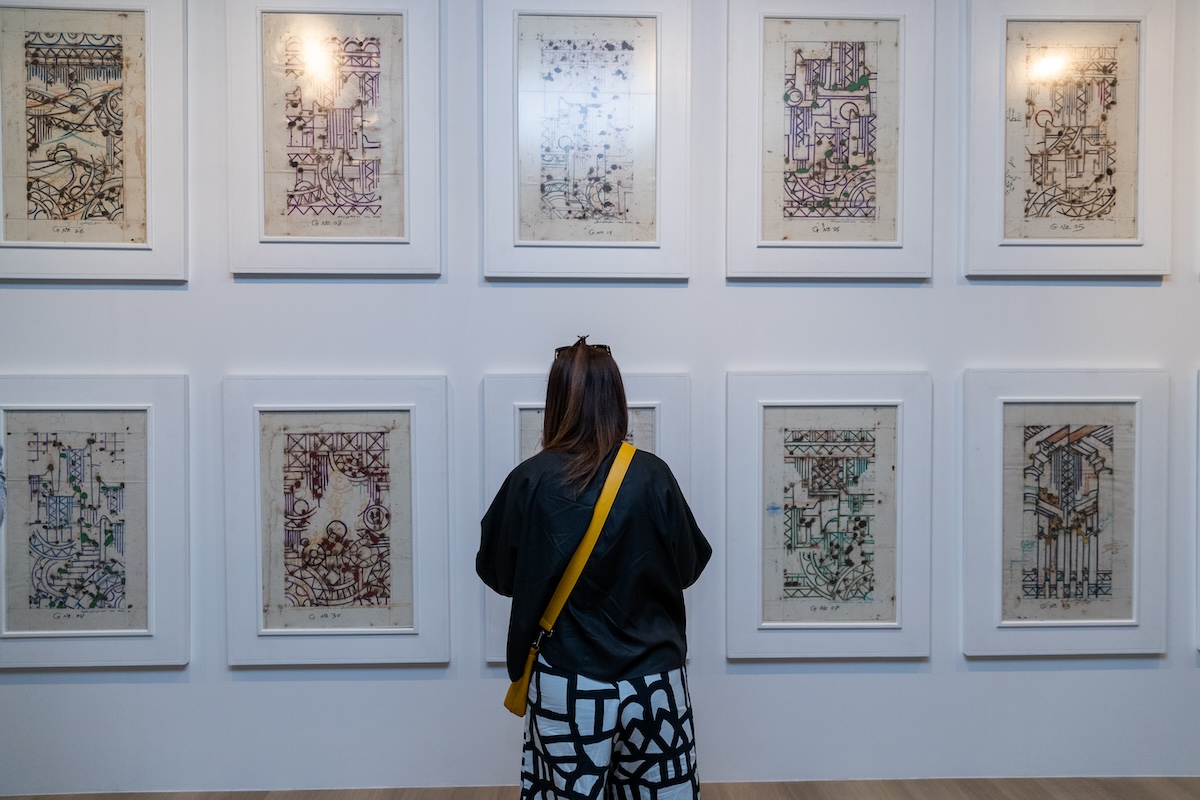 More than Meets the Eye Exhibition at Maraya, AlUla, courtesy of AlUla Future Culture Summit.
More than Meets the Eye Exhibition at Maraya, AlUla, courtesy of AlUla Future Culture Summit.
On a very obvious scale, the summit felt like one giant interactive advertisement. Not a single second passed without the not-so-subtle campaigning that here, in Saudi Arabia, lies the future of creative progression across all sectors—this is the place to be. But perhaps they’ve got a few things right, and possibly what I find depleting at times is how many non-Arabs (or even some Arabs) seem to think that this is strictly and solemnly for show. But my thought isn’t novel.
In one of the panels, “Fostering Creativity through Entrepreneurship and Cross-Cultural Collaboration,” (moderated by culture consultant and art advisor Myrna Ayad and accompanied by Misk Art Institute Director Dr. Fahdah Althunayan, Danish Art Workshop Director Frederick Hardvendel, and Saudi artist Mohammad Alfaraj), Alfaraj said a few words about his homeland that stuck with me.
“It’s always been a place for cross-cultural learning and exchange. I was invited here by Candida, who we met in the Eastern Province when she was working in the cultural centers of Ithra. Now, we’re meeting again here in AlUla,” noted the 31-year-old artist. “I think it’s part of what Saudi is: to bring people together. Even when people will question the reasons behind it and blah, blah, blah, whatever it is…I think it’s always gonna be a place of meeting together, talking things out, and hopefully healing and moving forward.”
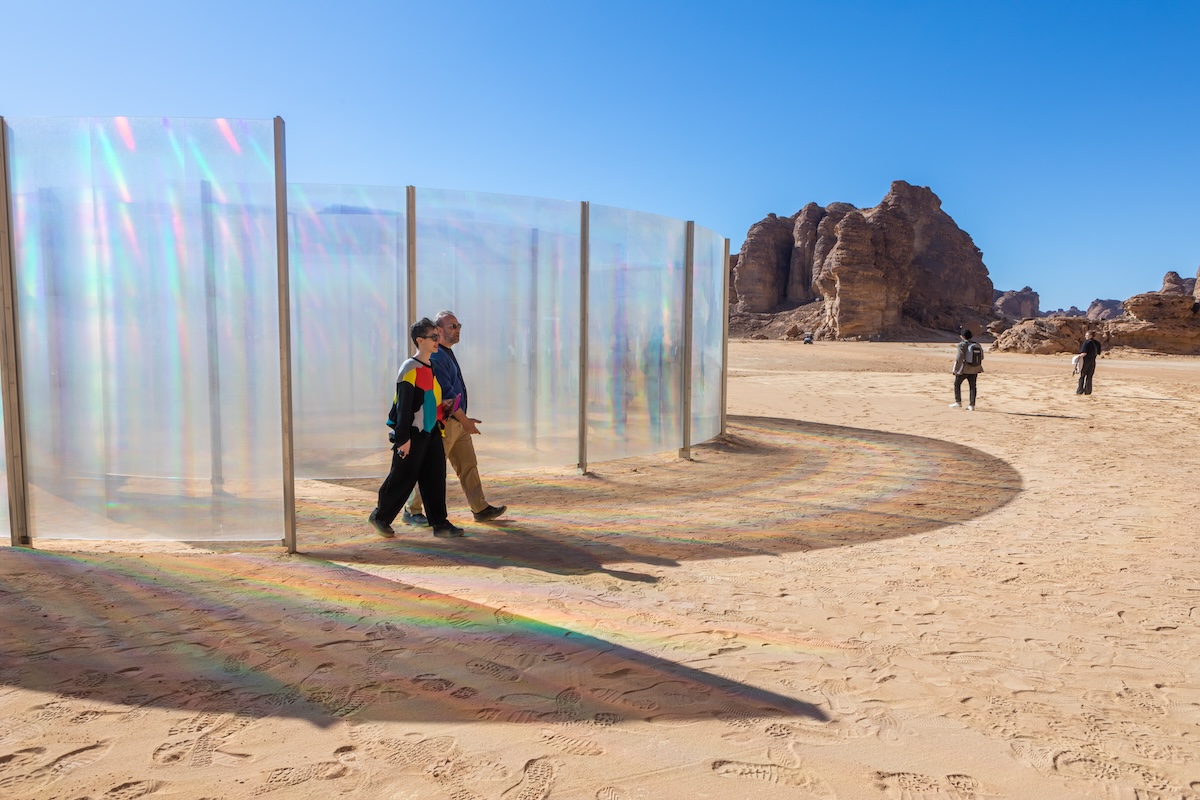 Summit Guests Tour an Art Installation by Kimsooja, “To Breathe – AlUla” at Desert X AlUla 2024, courtesy of AlUla Future Culture Summit.
Summit Guests Tour an Art Installation by Kimsooja, “To Breathe – AlUla” at Desert X AlUla 2024, courtesy of AlUla Future Culture Summit.

